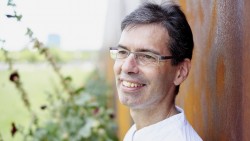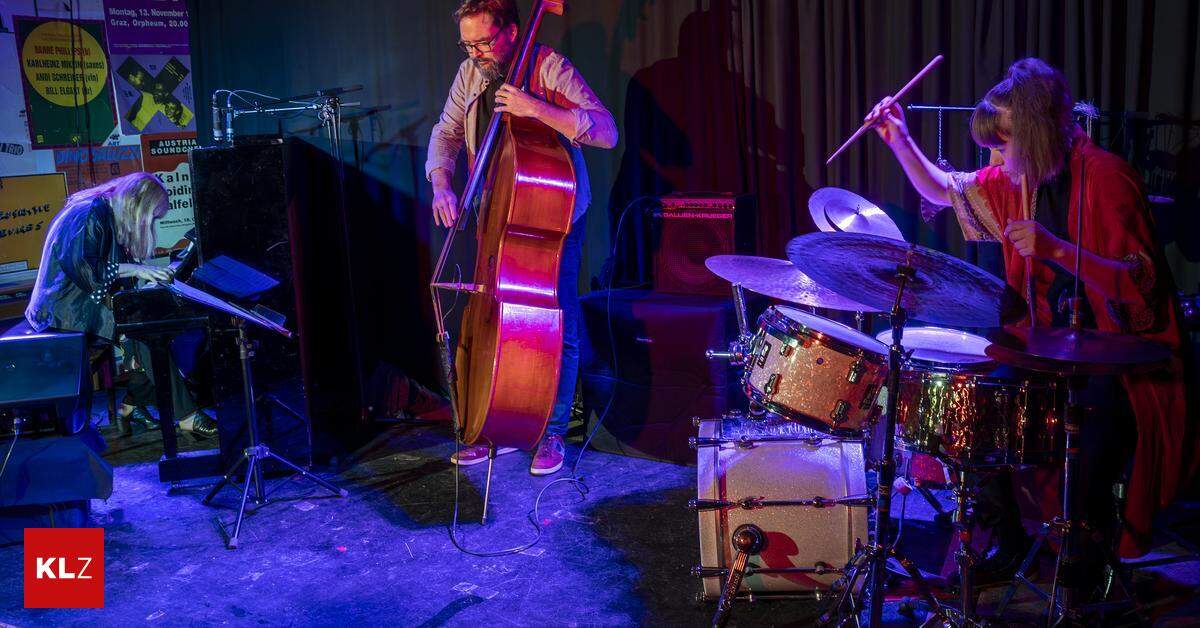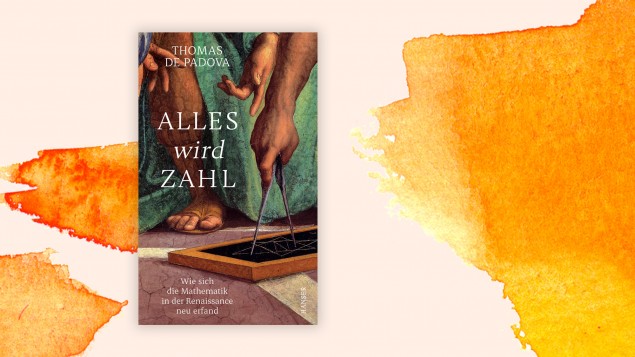- The ten-digit number system from 0 to 9, which we know today, did not prove to exist in Europe until the fifteenth century. (Deutschlandradio / Hanser Verlag)
We all use the symbols +, -, and =, of course. In his exciting contemporary history, science journalist Thomas de Padua explains that this requires monks, merchants, typists, gamblers, and artists.
Thomas de Padua takes a look at the German-Italian Renaissance in his book “Alles wird Zahl,” which is generously filled with contemporary color. However, the main actors are not rulers, popes, or merchant dynasties, but monks, merchants, printers, gamblers, and artists.
Thanks to them, not only ancient Greek mathematics was rediscovered, but also transformed. The new number system and newly developed formula language lead European mathematics from the Middle Ages to the modern era.
New number system
The Roman numeral system in years like MCCCCLXII has survived to the present day on ancient buildings. Thankfully, it no longer plays a role in mathematics, as it’s not very suitable for arithmetic.
The ten-digit number system from 0 to 9, which we know today, which was developed in India and distributed in Arab sources from the Middle Ages, did not prove its existence in Europe until the fifteenth century, at this juncture from the late Middle Ages to the Renaissance.
Albrecht Dürer, clergyman and gambler
Thomas de Padua dives into his book at this time and sheds light on a number of well-known and lesser-known personalities who would not have been without their efforts this massive change.
Johannes Muller, who became known as Regiomontanus because he came from Königsberg, Italian gambler Girolamo Cardano and Protestant cleric Michael Stifel are his heroes. Also artists such as Leonardo Da Vinci and Albrecht Dürer.
The new zero
Between the plague, crusade plans, and dedication to astrology, de Padua tells of the slow acceptance of the new zero among merchants, who ensured the spread of the new number system with their bills and business letters.
There is talk of the rediscovery of Greek architecture, the introduction of central perspective into painting and the enthusiasm with which Da Vinci and Dürer treat their art as an exact science.

Science journalist Thomas de Padua says in an interview with Lesart that mathematics is a dream fit. As an example, he cites artist Gerhard Richter’s windows in Cologne Cathedral. The splendid play of light was created on a random mathematical principle.
On the influence of the printing press, which ensured the unprecedented availability of old and new knowledge in just a few decades. And from further development of mathematics to a new unified formula language with the symbols +, -, = and, which we still know today.
A detailed look at history
He captures “everything becomes a number” with its detailed look at a historical era in which mathematics finally broke away from descriptive geometry and began its own path with algebra equations.
Thomas de Padua paints a vivid panorama of this time, which despite its importance to modern mathematics is unknown even among students of mathematics to this day. The historian of science has succeeded in changing this in a splendid way with its multifaceted history lesson.
Thomas de Padua: “Everything becomes numbers. How mathematics reinvented itself in the Renaissance”
Hanser / Munich 2021
384 pages, 25 euros

“Total coffee aficionado. Travel buff. Music ninja. Bacon nerd. Beeraholic.”







More Stories
How did life begin on Earth? Munich researchers find important clues
How did life begin on Earth? Munich researchers find important clues
Everything related to prevention and treatment